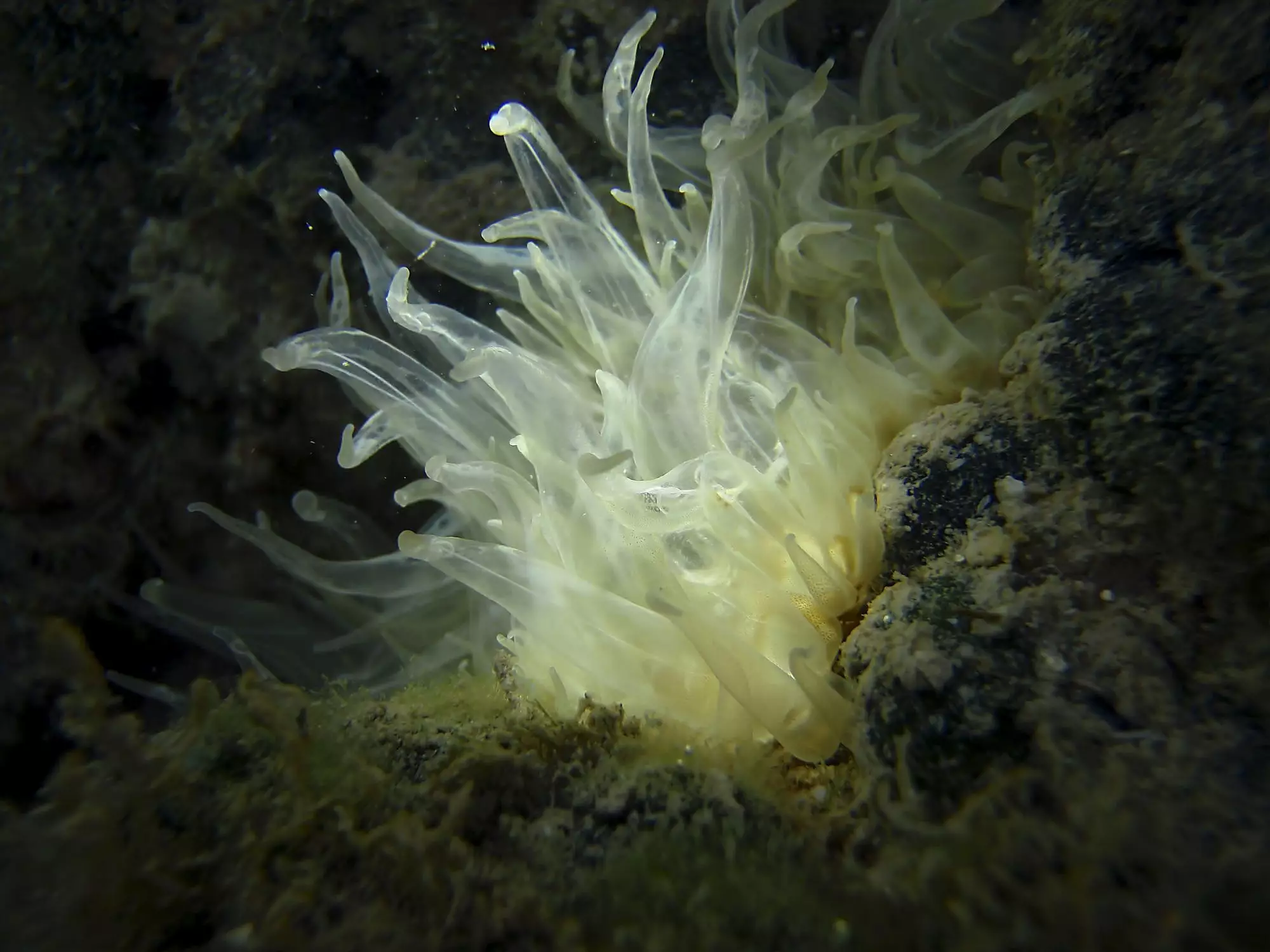Aiptasia sea anemones pose a significant threat to reef aquariums due to their rapid reproduction and aggressive nature. Often referred to as glass anemones or tube anemones, these organisms can infiltrate and dominate even the most well-maintained ecosystems. This article explores the effects of Aiptasia infestation on aquarium health and provides a comprehensive overview of various methods for controlling and eradicating these pests.
Aiptasia arises in aquariums primarily through live rock and coral introductions. Once established, these anemones can proliferate rapidly, competing fiercely for resources such as light and food. They have a unique ability to sting both fish and other invertebrates, which can disrupt the overall balance of the tank. Additionally, Aiptasia can affect the aesthetic appeal of the aquarium, impacting the enjoyment and overall success of both novice and experienced aquarists.
Tackling Aiptasia should commence as soon as these anemones are identified. Ignoring the problem can lead to severe consequences, as their robust nature permits them to not only survive but thrive under a variety of conditions. Traditional removal methods often prove ineffective; simply pulling them out can result in an exponential increase in their population as each fragment can regenerate into a new individual.
One of the most discussed methods for Aiptasia control involves the application of chemical solutions. Various substances have been used by aquarists, but they require vigilance and proper technique. Commonly recommended substances include vinegar and lemon juice, both of which can offer immediate results. For instance, injecting 0.5 ml of lemon juice directly into the base of an Aiptasia can effectively neutralize it. Importantly, these substances are relatively safe for reef environments when used judiciously.
Conversely, harsher chemicals such as sodium hydroxide or calcium hydroxide can be effective but come with associated risks. When employing sodium hydroxide, care must be taken to prevent damage to the tank’s ecosystem—even a slight miscalculation can lead to unintended consequences. Calcium hydroxide, while useful, must be injected correctly to ensure potency; an improper method can reduce efficacy and negatively impact the tank’s pH levels if over-applied.
While chemical solutions can be effective, aquarists should weigh their risks carefully. Precautionary measures, including protective gear when handling caustic substances, are imperative to safeguard personal health.
A naturally occurring solution to combat Aiptasia involves the introduction of specific predator species that feast on these anemones. This method is appealing for those seeking a more organic approach but comes with its own set of complications. Not all predators are suitable for every tank, especially in delicate reef systems.
Fish such as certain butterflyfish and filefish have gained attention for their appetite for Aiptasia. However, introducing these species can lead to inadvertent consequences, such as predation on desirable invertebrates and soft corals. Moreover, not all specimens exhibit the same enthusiasm for devouring Aiptasia, creating unpredictability for aquarists.
Additionally, while peppermint shrimp are praised for their appetite for Aiptasia, aquarists must ensure they are sourcing the right species. Mislabeling can lead to the introduction of creatures that are ineffective in controlling the Aiptasia population.
For aquarists who prefer a method that avoids both chemical and biological complexities, osmotic shock therapy presents an alternative. This technique involves altering the salinity levels in the tank to rejuvenate the water environment, effectively stressing Aiptasia. However, this method is not reef-safe and therefore should only be considered in non-stony environments.
Similarly, numerous over-the-counter remedies exist that claim to be safe for reef tanks while effectively targeting Aiptasia. While many of these products have proven beneficial, it is vital for aquarists to thoroughly research before applying any treatments, as the compatibility and safety of these products can vary widely.
Dealing with Aiptasia requires diligence, informed decision-making, and potentially a combination of strategies. Whether through chemical solutions, biological controls, or alternative methods, maintaining vigilance is key to preventing an Aiptasia outbreak from undermining the health and aesthetic of your marine environment. As a responsible aquarist, continually monitoring your aquarium’s ecosystem and acting swiftly at signs of infestation will lead to a thriving reef tank that can be enjoyed by all.

